Samsung has a chequered past when it comes to the charging of their devices and we do not need to remind you of them. For this reason they can be excused for being more conservative than anyone else when it comes to charging speeds.
This year they are giving users the option to charge their devices at a level that is one of the highest levels available today — they are just not offering it for free. Instead they have taken a page from Apple’s playbook, and not a good page. A page that says support faster speeds but charge customers even more if they want this faster speed.
In the box of the Galaxy S20 Ultra is a 25W charger (the international version has a 15W charger) and not a 45W charger which the device currently supports. But is that good enough? Apparently it is. Sure a 45W charging *should* result in charging speed that fills the battery in a very short time but that doesn’t seem to be the case.
Smartphone batteries tend to charge faster in the beginning and slow down as the battery becomes fuller — it is based on the charging algorithm the manufacturer inserts to help protect the phone and the battery’s health.
Battery life
Batteries in smartphones can rarely keep up with the demands placed on them in modern smartphones. Rarely does a battery last more than 24 hours with many lasting much less.
The Samsung Galaxy S20 Ultra undoubtedly looks best when using 120Hz refresh rate. That smoothness needs to be seen to believe. The problem is that using a phone at that refresh rate can cause a battery to drain far too fast. Samsung have included an imposition that it will only use a 1080P display resolution while at this refresh rate in a bid to limit battery drainage rates.
Even with this 1080P limitation the battery life is not great. Sure it’s a darn sight better than the Pixel 4 XL but that’s not hard. The battery, and I consider myself a heavy use with wireless Android Auto being used along with YouTube and streaming of sports throughout most days, would barely last to 5pm most of the day — that is with coming off the charger at around 5am.
Screen on time is a contentious issue though with Samsung apparently seemingly overestimating the display on time. It is possible it somehow includes the lock screen as well but the number it gave me did not match the number Google’s digital wellbeing wallpaper gave me. I trust Google to report an honest reading……
As you can see in the images above the readings for screen on time Samsung gave me were different to what Google gave me. Google’s average reading for a day of battery life before it needed charging was consistently between five and six hours at 120Hz refresh rate.
With the refresh rate at just 60Hz the battery life extended a few hours and was lasting closer to around 8pm, instead of barely, if at all, making it to just 5pm.
Wired charging
For me charging the battery was fast enough using the charger in the box. Starting at about 2 percent the battery charged up to around 70 percent in just over 36 minutes. That 70 percent you would expect to be enough to get you through close to an entire day. That is the point of fast charging — not to charge your device entirely in a short amount of time but allow you to perform a top up of as much as possible in a short period of time — eg. 10% to 50% in 20 minutes to get you through the day.
After hitting 70 percent in just 36 minutes it took another 19 minutes to reach 90 percent. Seems if you are quickly charging to give you a top up to last out the day around 30 minutes would be the most effective and efficient use of time.
Phone Arena got their hands on all three Galaxy S20 variants as well as a 45W charger and put it through its paces. As you can see from the table below the 45W charger made very little difference to the charging speeds of the devices.
Galaxy S20 Ultra Charging Speed Comparison
| Time / Charge Level | S20 Ultra with 45 Watt Super Fast Charger |
S20 Ultra with 25 Watt Fast Charger (in the box) |
S20 Ultra with 15 Watt Samsung Wireless Charger |
|---|---|---|---|
| in 15 minutes | 37% | 32% | 11% |
| in 30 minutes | 70% | 62% | 28% |
| in 45 minutes | 92% | 89% | 45% |
| in 1 hour | 100% | 100% | 61% |
| 1 hour 15 mins | x | x | 77% |
| 1 hour 30 mins | x | x | 92% |
| 1 hour 45 mins | x | x | 100% |
For me the small difference between the two chargers makes for a very hard sell for a 45W charger. Over 30 minutes you only get an extra 8% of battery life. It is possible that this is why Samsung have only included the 25W charger in the box — you just don’t need 45W. For a vast majority of users 25W is more than enough and the difference between the two does not make up for the difference in costs between including a 25W charger in the box and including a 45W charger.
Wireless charging
I have never been a massive proponent of wireless charging but now that fast wireless charging is here I can say my thoughts have changed on that.
The Samsung Galaxy S20 Ultra supports their Fast Wireless Charging 2.0 — aka 10W wireless charging. Even this is much more conservative than some of their competitors, with OnePlus set to announce a 30W wireless charging in their OnePlus 8 Pro although we are waiting on an official announcement of that (OPPO were expected to include the same in their Find X2 Pro but in the end neglected to do so).
Samsung will of course sell you a wireless charger that supports their Fast Wireless Charging 2.0 for a small fee but there are aftermarket ones that may be more useful but not all that cheaper. Belkin sell one that we have been testing out with the S20 Ultra which doubles as a stand and works for portrait or landscape wireless charging while holding the device in a position that you can easily see the display.
Charging with the Belkin wireless charger was fast. Fast enough to quickly top up the battery — sure it was not 25W fast as per the wired solution but to be able to just pop the phone in the stand during the day helped make the battery last the entire day — it was of course at about 100% the entire day.
The Pixel Stand also worked well with the Galaxy S20 Ultra giving what appeared to be the full 12W charging speed.
This wireless charging solution is essential for the Galaxy S20 phones in my opinion. The display looks best at 120Hz (even though that drops the resolution to 1080P) and having the wireless charger continually topping the battery up is required to be able to enjoy this refresh frequency. Now we just need Samsung to allow 120Hz to be used at the QHD+ resolution — wireless charging continually topping up when not in use would allow a phone with this resolution and refresh rate to last an entire day.
Reverse wireless charging
This is great in theory but it requires both phones to not be in use and their position on each other to be perfect. It is not something I can see being of much use except in a very very occasionally edge case scenario.
I tested it out with a Pixel 4 XL and although it worked I cannot see how it would ever be much use. The 5W charging of another phone would take a LOT of time to give them enough charge to use for any period of time — only in an emergency situation when a battery is flat and a phone call is required to be made is where I can see it being useful.
Overall battery experience
The Galaxy S20 Ultra charging is far from best in class. It is far from being the best it could and should be but it is good enough. Without pushing any boundaries Samsung have included charging speeds that result in a good top up speed for those needing a quick splash and dash.
For me though, the wireless charging is the solution to the less than decent battery life of the Galaxy S20 Ultra. If you want to be able to use your Galaxy S20 Ultra at its best, grab yourself a decent wireless charger to continually top up the battery throughout the day. Without that you will undoubtedly require a wired top up of close to 30 minutes at some stage late in the working day.
The battery life is insufficient for a phone such as the Galaxy S20 Ultra but use of their various charging solutions will help you to enjoy the Ultra to a level that you hoped for when you forked out all that money for it.

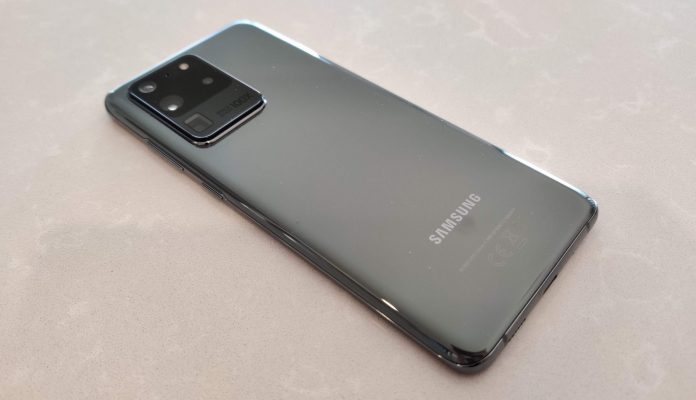
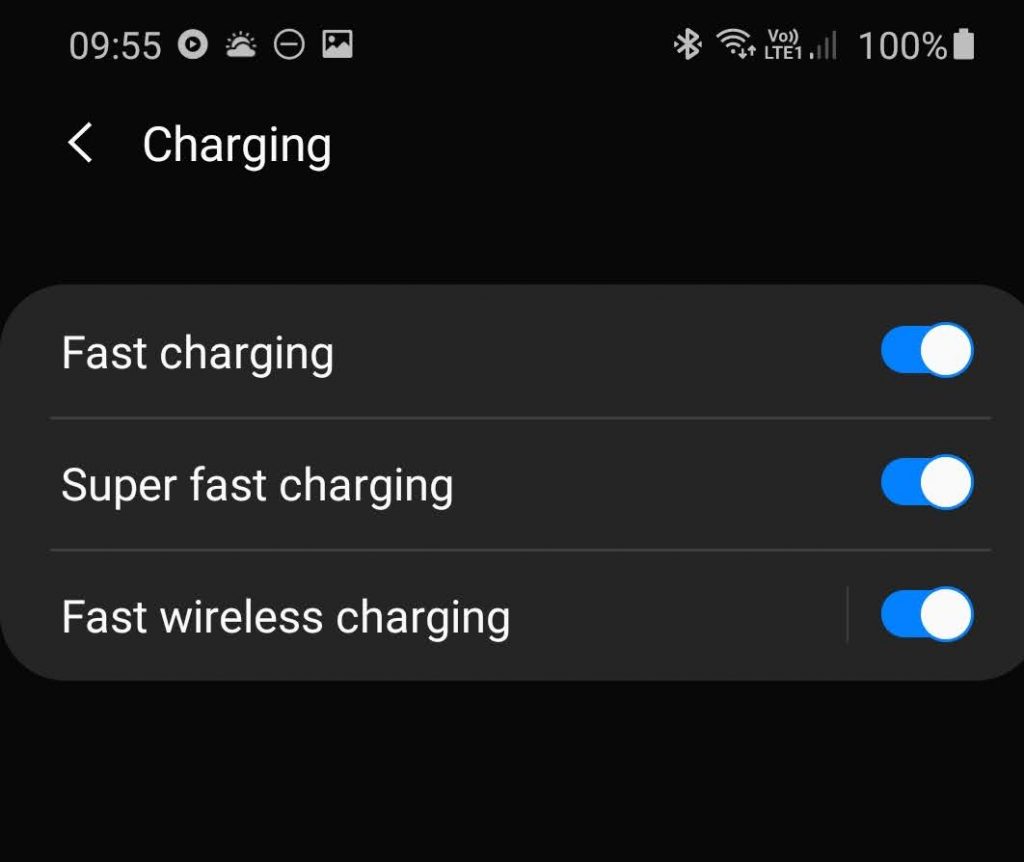
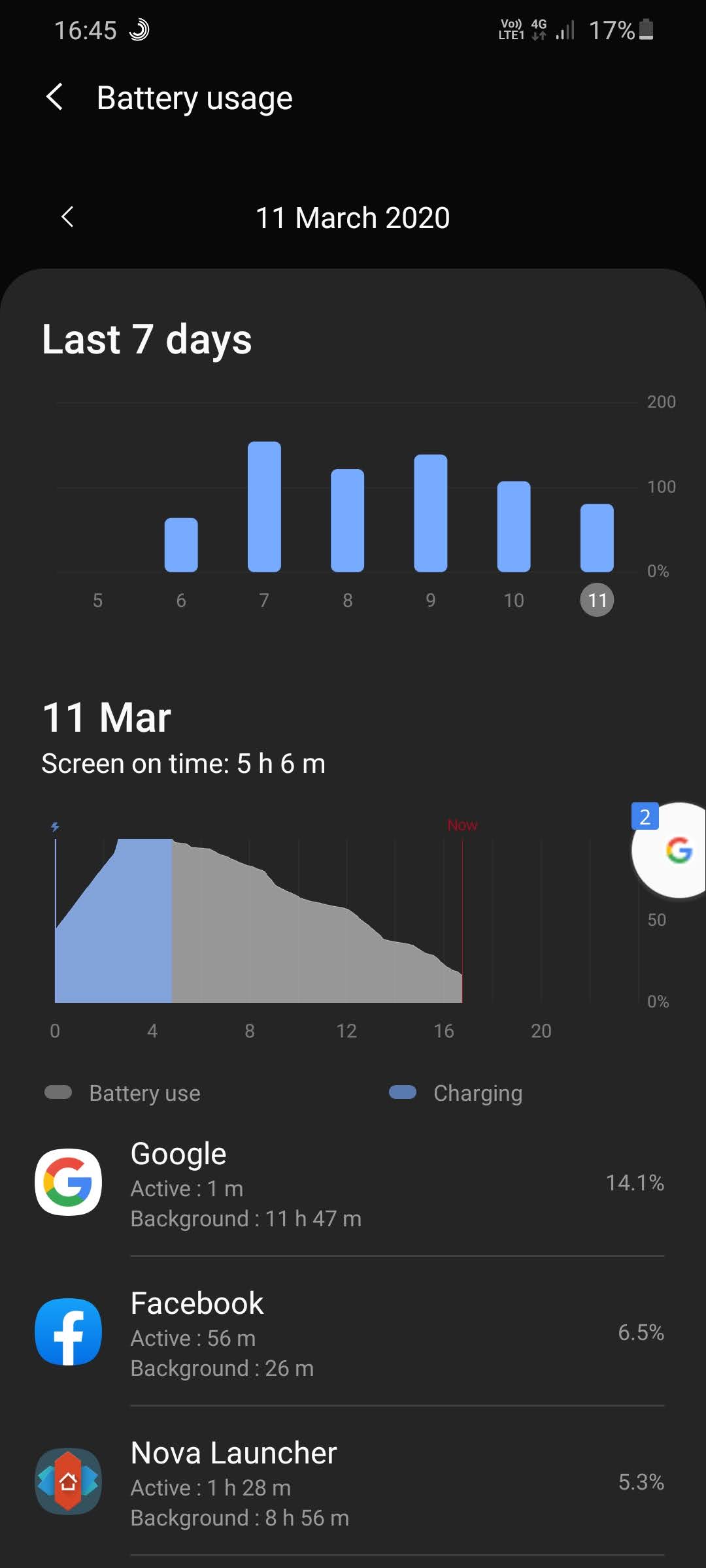


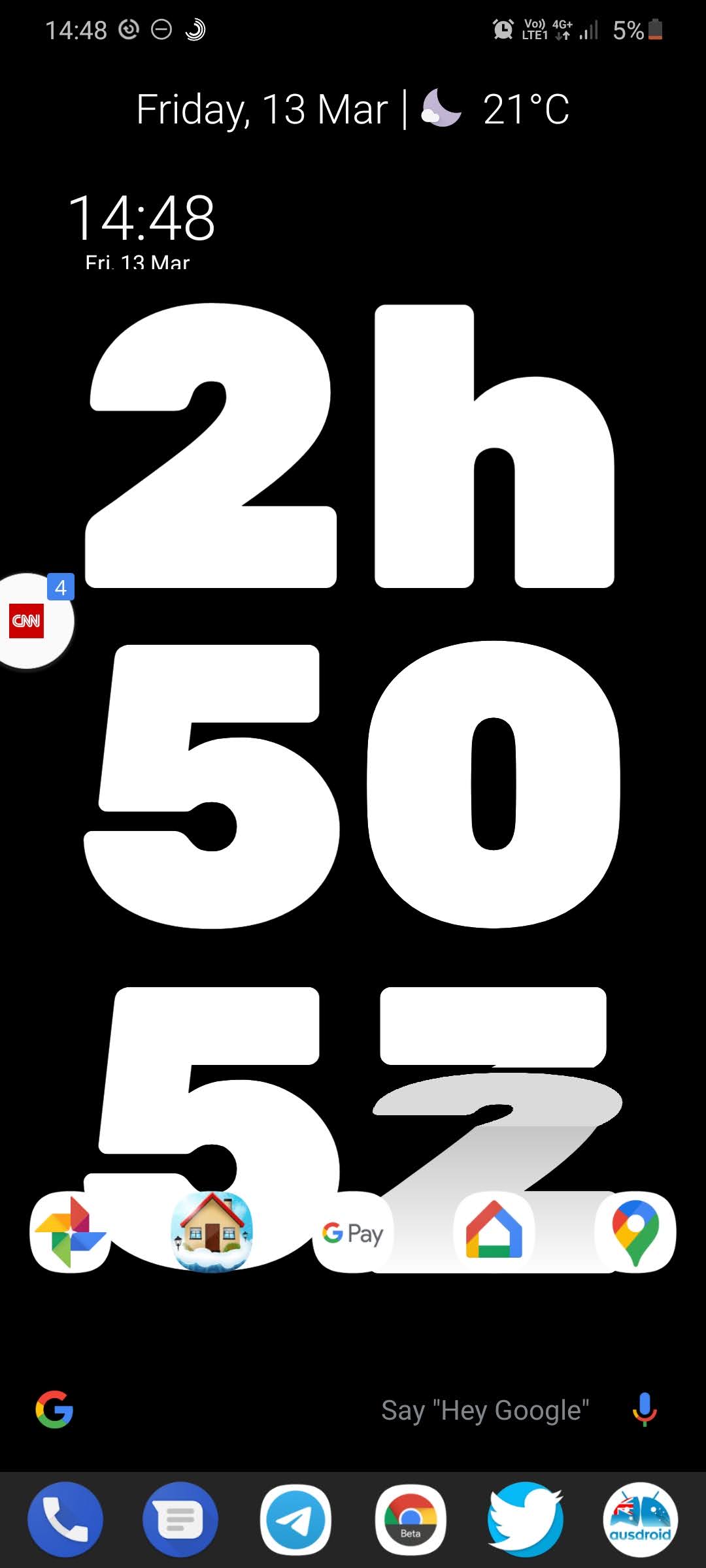
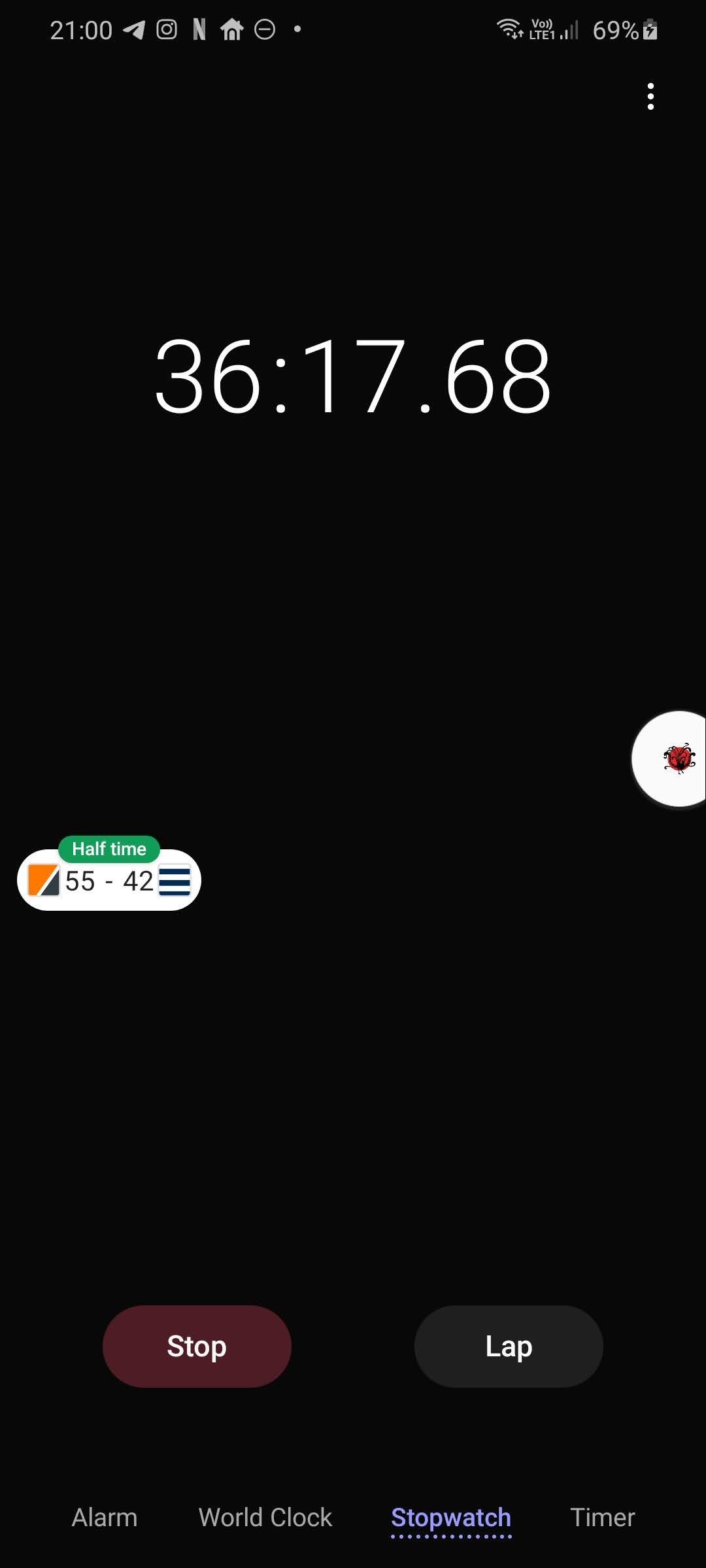
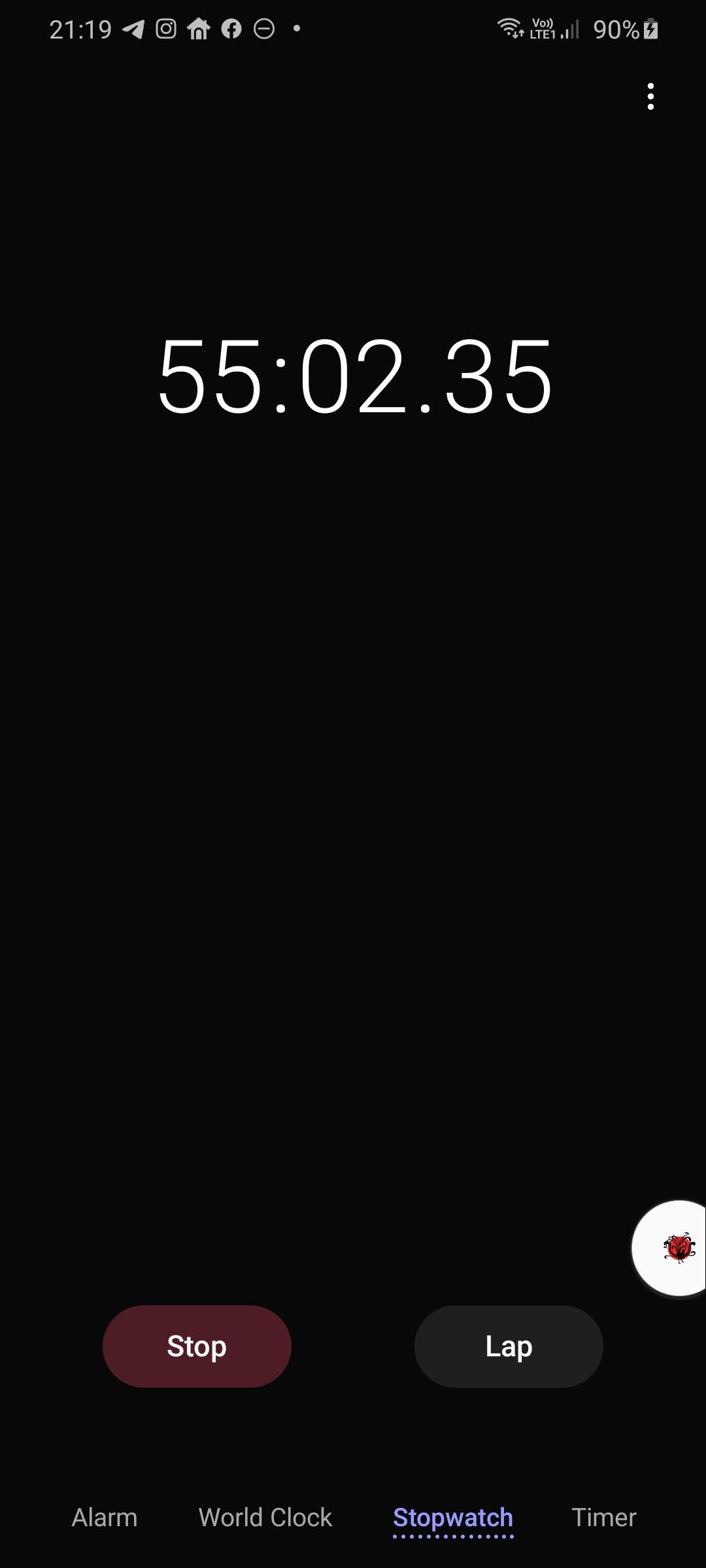
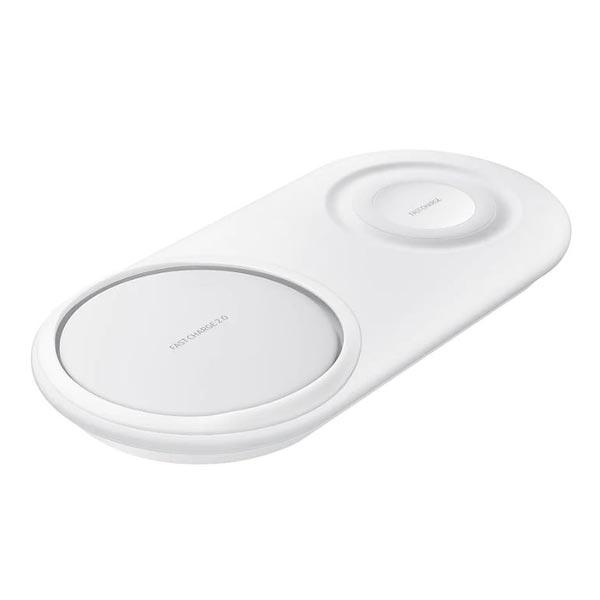
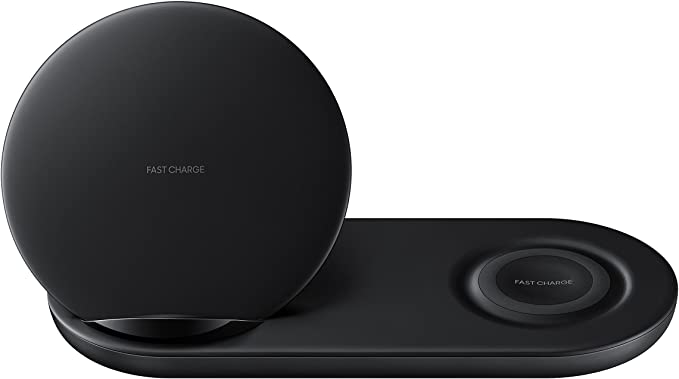
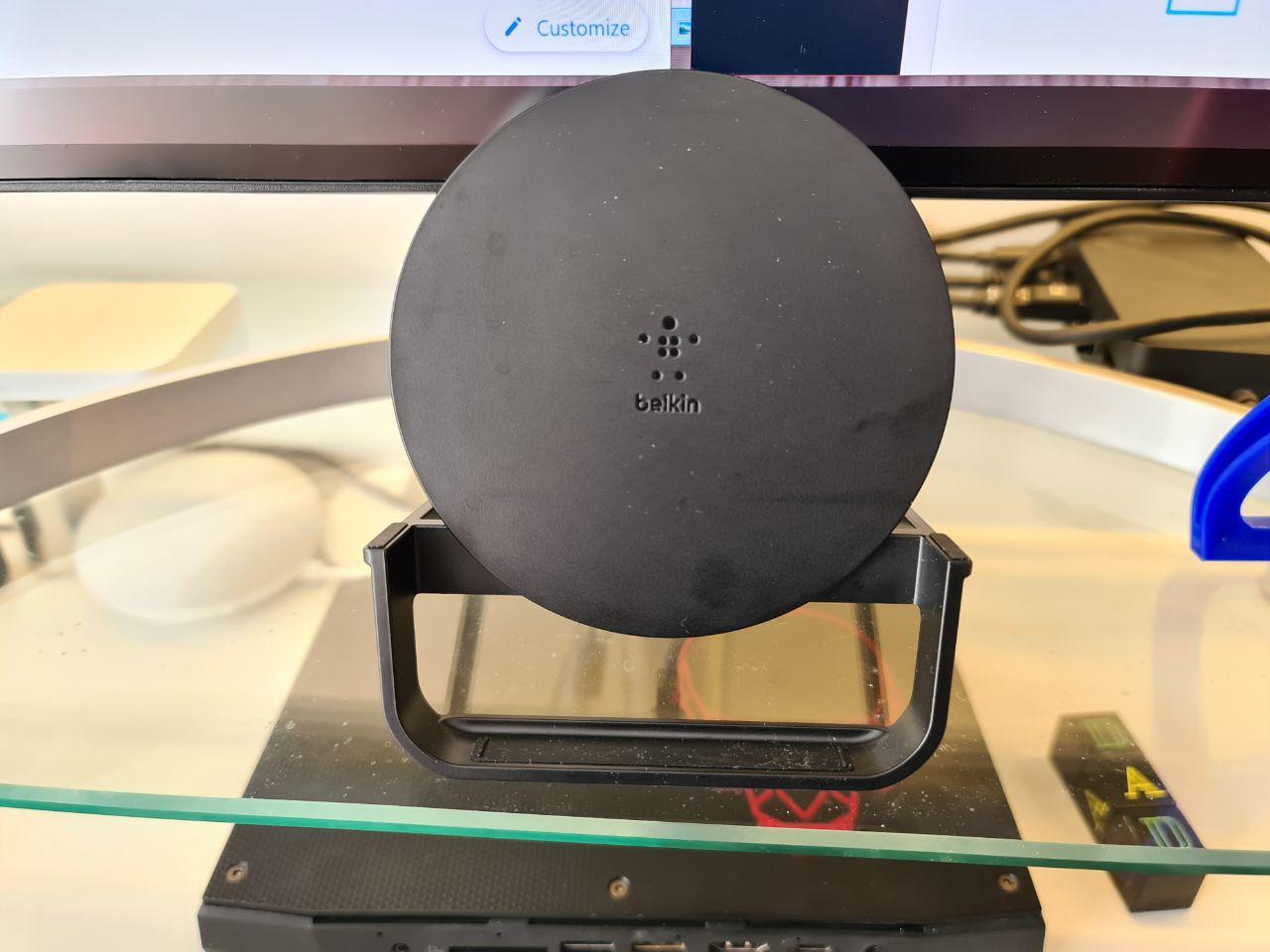
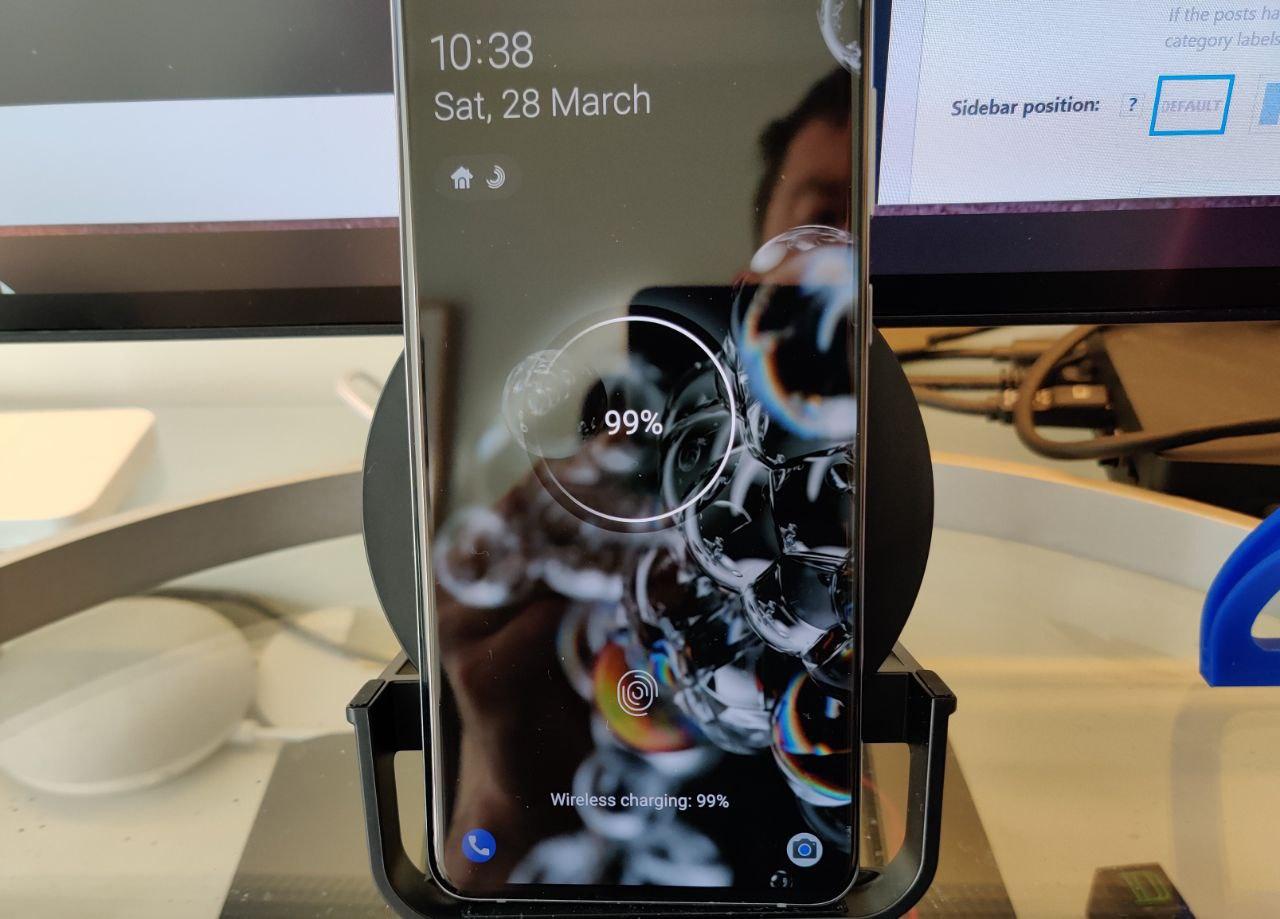





I believe the s20 ultra has 15w wireless charging and 9w reverse wireless charging.